"While sound quality was once something that held modelers back, it is now a big reason to buy": 5 reasons you’re better off with an amp modeler than a tube amp
Is it time to trade in the tubes? Here are our top reasons why you should consider switching to an amp modeler
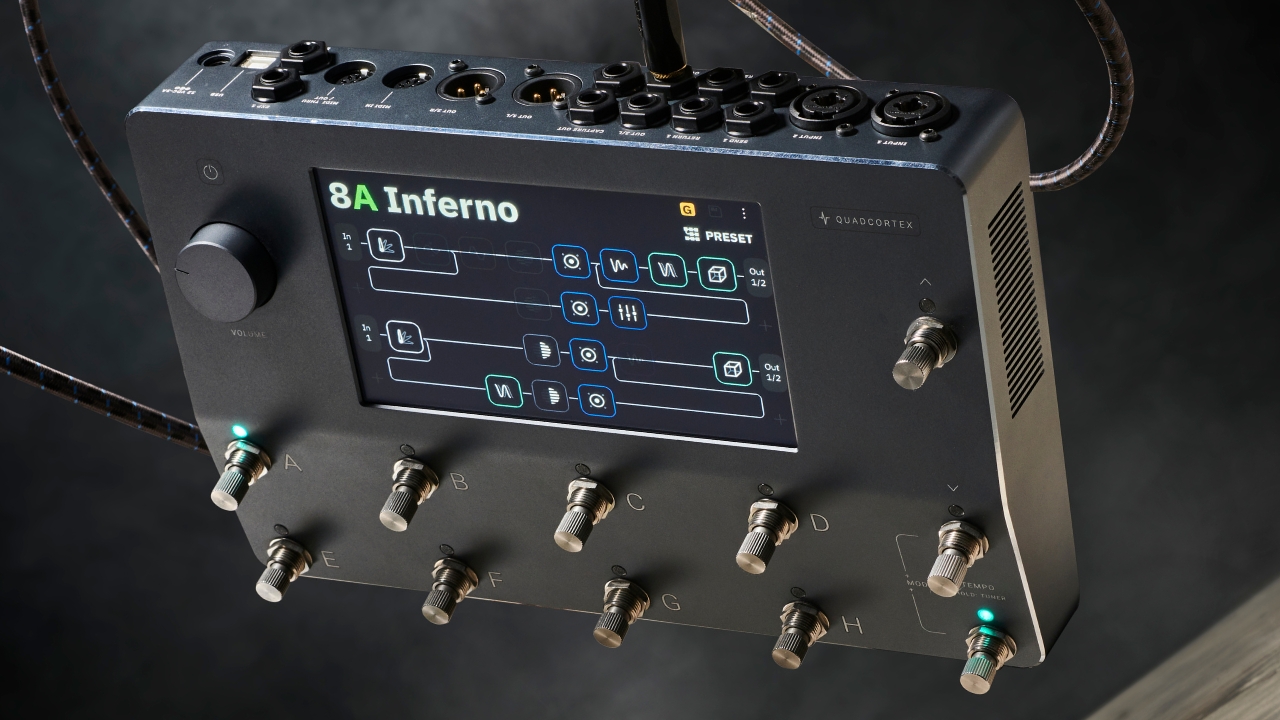
Tube amplifiers are widely regarded as the pinnacle of electric guitar amplification, giving the most organic and responsive sound, as well as plenty of volume. However, any tube amp player knows they aren’t without significant – for some, unforgivable – drawbacks. So, could you be better off with an amp modeler than a tube amp?
An amp modeler is a digital device that replicates the tones of an amplifier through a process called modeling. Modeling involves designing a sound digitally from scratch to mimic the tones of a physical amplifier; think of it as a skilled artist’s interpretation of an amplifier. Modeling has surged in recent years, with digital processing power becoming more affordable, making it possible to access high-quality modeling amps at bargain prices. And it’s not just the lower end of the market that has improved – high-end modelers are now the choice of a vast number of professional gigging musicians.
Modeling technology continues to improve, and with a host of benefits over tube amplifiers, is now the time to consider swapping out the tube amp for a digital modeling device? Scroll on to read the five areas where amp modelers outshine tube amps and why it might be time to introduce a modeler to your rig.
1. Portability
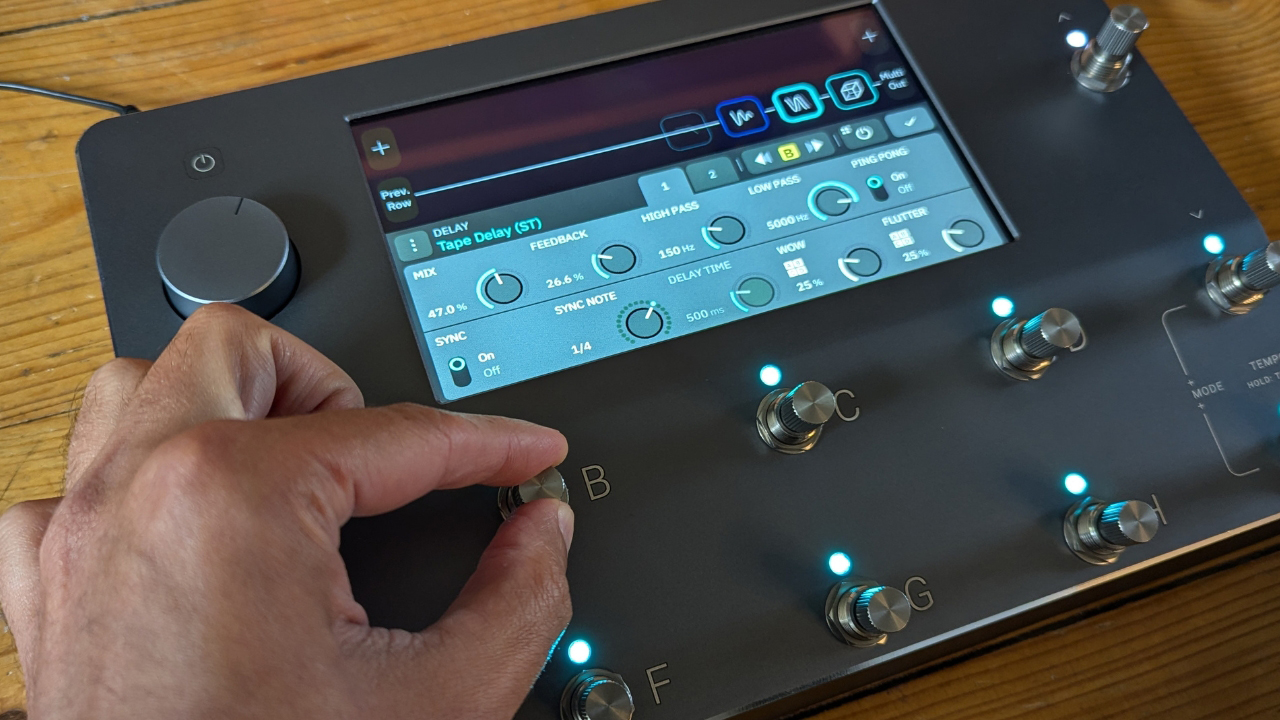
Tube amps are notorious for producing volumes that far exceed what you’d expect from their wattage – the Vox AC30, for example, is famed for being deafeningly loud at only 30 watts, while even 5W tube amplifiers can punch above their weight. Unfortunately, despite the seemingly small wattage, this doesn’t equal small weight. Gigging tube amps are known for being heavy, which doesn’t bode well for those who need to move an amplifier frequently.
To make matters worse, tube amplifiers aren’t great travelers – fragile glass tubes and the back of a shaky old van aren’t the best combo, and something might shake loose, rendering your amp unusable.
Conversely, even the largest amp modelers are comparatively lightweight and portable. Often designed in a format resembling a pedalboard or even a single stompbox, amp modelers are ideal for taking on the road. Even when modeling technology is incorporated into a physical amplifier – such as in the Line 6 Spider or Marshall Code series – these models tend to be much lighter than their tube counterparts and far less susceptible to damage.
A significant contributor to the weight of a tube amplifier is the speaker(s), which is often built with heavy magnets, especially in vintage models. Pedalboard amp modelers don’t have speakers at all; many use impulse response-powered speaker simulation, which reproduces the sound of real-life speakers to give you an authentic amp feel. This means you can plug directly into a PA system and sound just like an amp. And for those who want their own on-stage monitoring, consider an FRFR (Full Range, Flat Response) cabinet, which is purpose-built to work with devices such as pedalboard modelers.
Get The Pick Newsletter
All the latest guitar news, interviews, lessons, reviews, deals and more, direct to your inbox!
2. Reliability
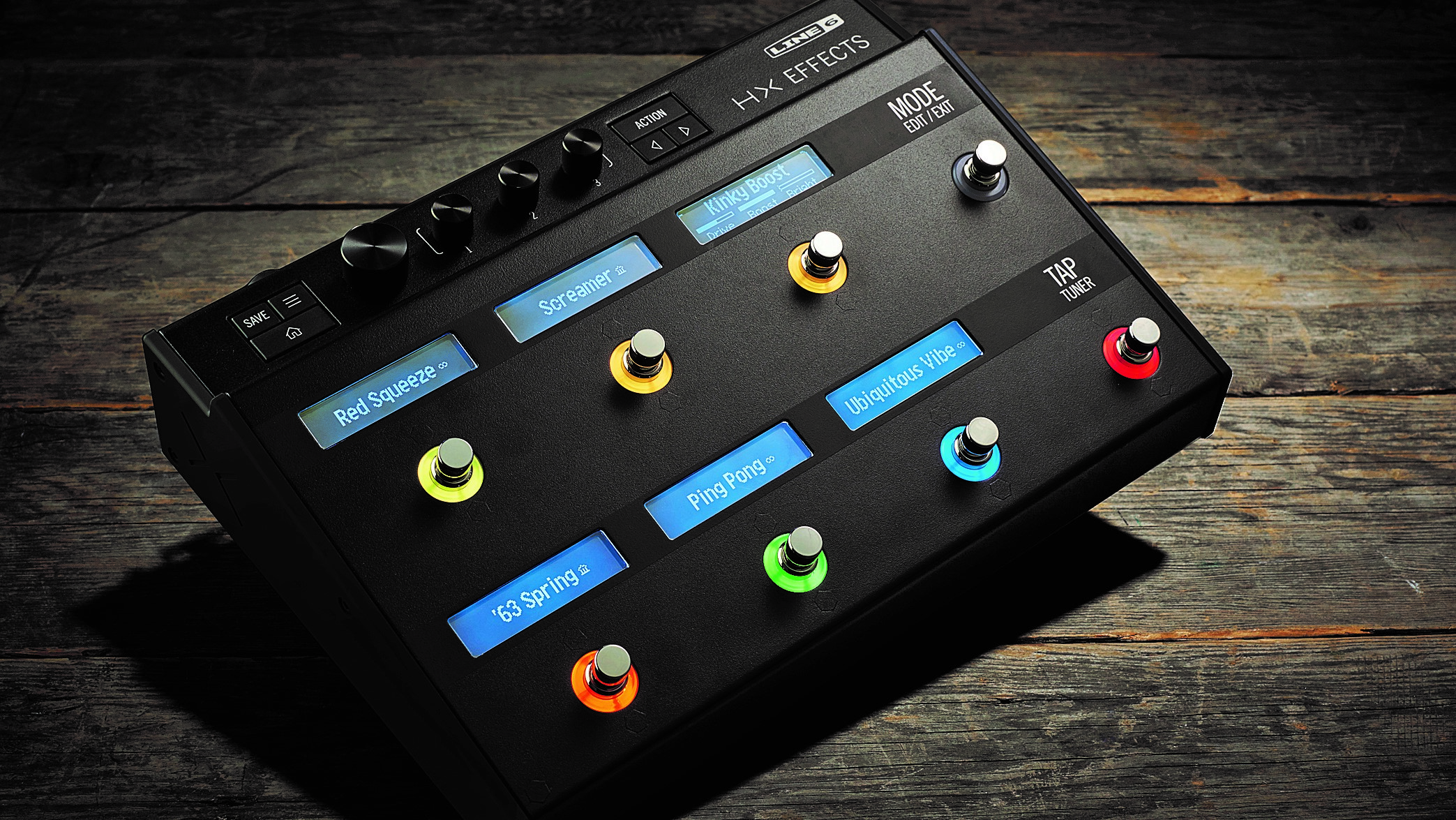
Tube amplifiers are many things, but reliable is not one of them. They are notoriously fragile beasts that require constant love and care to keep them running, including regular servicing and replacement of old tubes. This isn’t the end of the world if you are prepared, but tube amplifiers have a propensity for telling you they need a little bit of TLC at the worst possible times, and it isn’t always the easiest thing to repair a tube amp just before a gig.
Digital technology tends to be much more reliable, with fewer delicate parts to go wrong. If stability and reliability are at the top of your list, then modelers are the way to go, which is why they have become the pick for many touring musicians.
3. Price
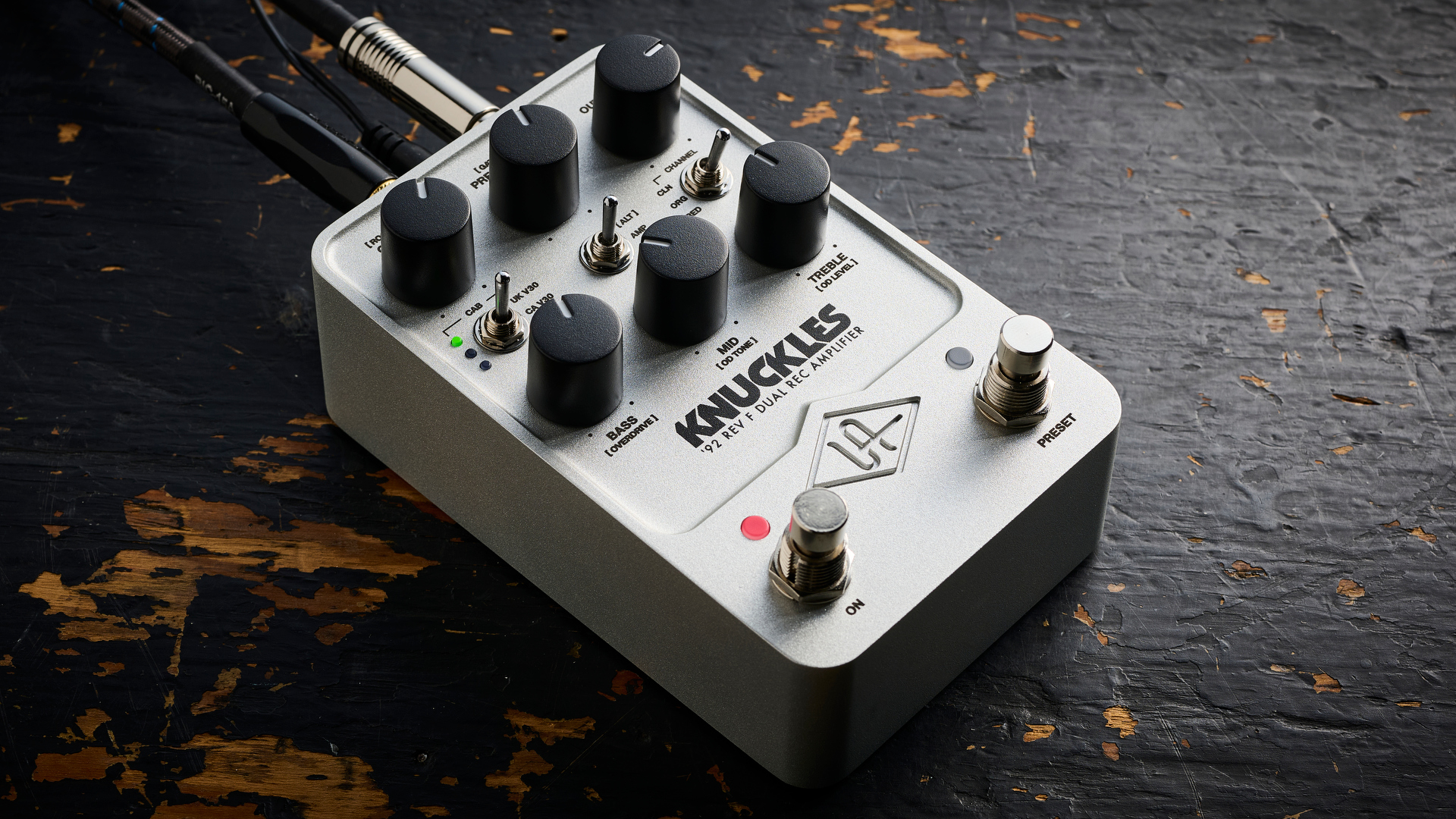
Price is a tricky one because it’s very dependent on what you’re looking for. If a small tube amplifier for home use or in the recording studio is required, then that may well be cheaper than many amp modelers. The more powerful you go with a tube amplifier, the more expensive they get, so the majority of amp modelers begin to look fairly cheap in comparison.
What’s important to remember with amp modelers, too, is that, in many instances, they will have several different amp models, giving you a choice of different amp tones. Achieving this with tube amplifiers could get very expensive. If you’re looking to buy a Fender, a Marshall, a Vox, and a Mesa Boogie, you could easily end up spending thousands of dollars. With amp modelers, you will pay only one price, making it a comparative bargain.
4. Flexibility
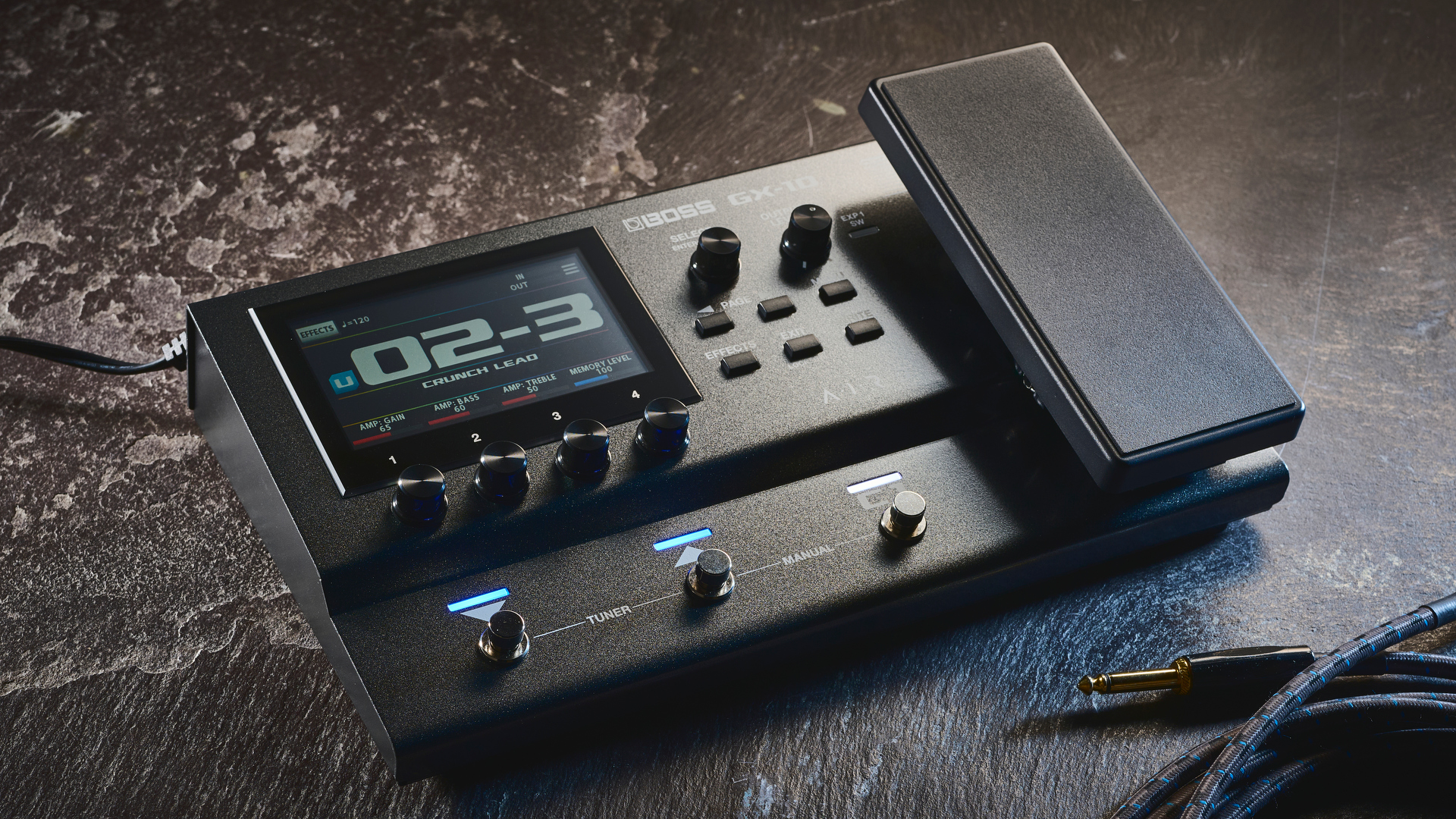
The ability to change your sound during a set is, of course, possible with tube amplifiers, particularly those with multiple channels. However, what if you want to totally shift your sound from a crushing high gain to an ethereal, spaced-out soundscape? Simply switch preset on your amp modeler and you can achieve this in an instant.
This ability to transform your sound with a stomp of a pedal or flick of a switch is perhaps one of the biggest reasons more and more touring artists are in the process of switching to modelers. Performers can configure their sets however they want and know they will always have the right sound for the right song at the press of a button, or simpler yet, programmed through MIDI, so it’s all done for them. It’s near enough impossible for a tube amp to have that level of convenience and flexibility.
They sound great!
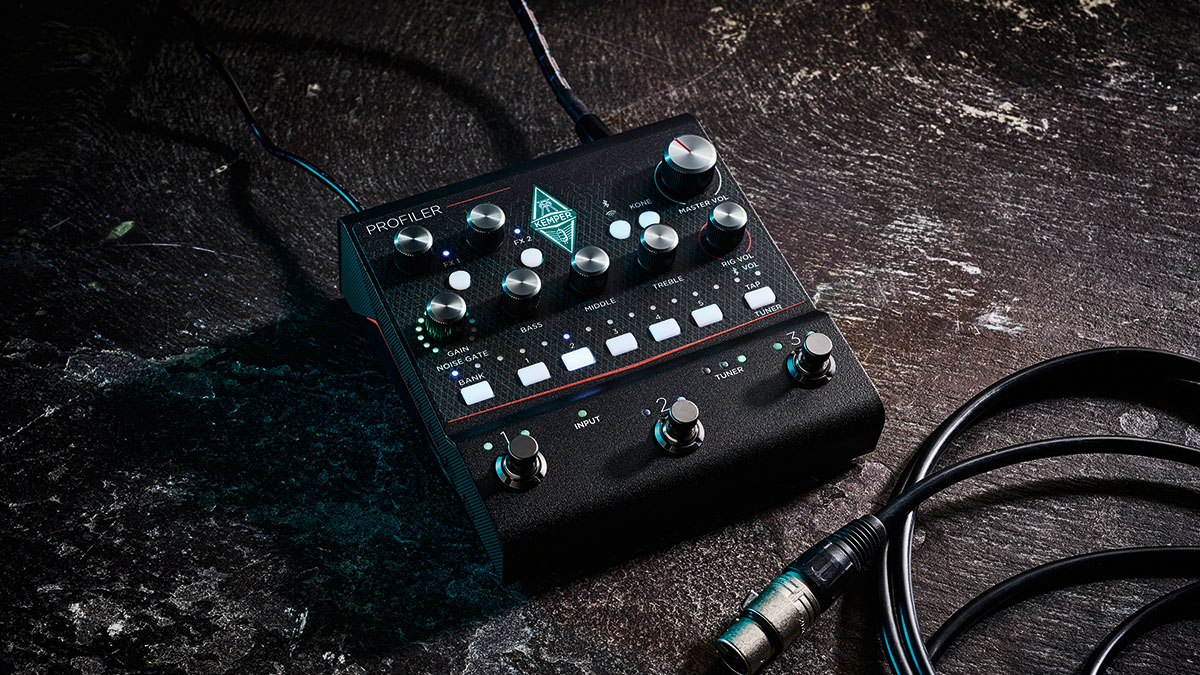
Modelers aren’t exactly new, they’ve been around in one form or another for over 25 years, but they haven’t always sounded particularly good – certainly not as good as the tube amplifiers they were attempting to model. They also lacked the feel and dynamism of tube amplifiers, so picking between a modeler and tube amp was a pretty easy task; tubes all the way!
Over recent years, however, modelers have continued to get better and better. The latest and greatest modelers can replicate your favorite tube amplifiers to an imperceivable level. While sound quality was once something that held modelers back, it is now a big reason to buy. And the most exciting bit is that they will only get better. The technology and processing power in modelers has leaped forward in the past 10 years, and there’s no reason to expect this to stop.
Modeling technology will continue to improve, with new modelers hitting the market every year, pushing boundaries further. And don’t think that means you should wait to buy a modeler, because some modelers on the market right now will even improve after you buy them through software updates.
There have never been more reasons to buy a modeler over a tube amplifier and if you’re looking for proof, your favorite band is likely already implementing them into their live show. The purists will always claim there is something intangible about a tube amplifier that a modeler can never recreate, but amp modelers offer so many benefits over their tube counterparts that anything they supposedly lack is made up for tenfold.
We’re firmly in the era of the amp modeler, and there’s never been a better time to join the modeling revolution.
Looking for the perfect amp? Our buyer's guides are here to help
- These are the best multi-effects pedals right now
- Looking for a cheap amp? Here's the best guitar amps under $500
- Seek and destroy with the best amps for metal
- Freedom on a budget: the best cheap wireless guitar systems
Connor is a contributor to Guitar World and MusicRadar. Having been a guitarist since the age of 10, he's played bass and guitar in bands across the South West of England. He has a background in audio engineering, having worked in some of the UK’s best studios including Rockfield and Invada, and has a passion for recording guitar. He is always keen to discover the greatest gear for capturing tone, be that microphones, audio interfaces or cab simulators.
You must confirm your public display name before commenting
Please logout and then login again, you will then be prompted to enter your display name.
“Our answer to everything players have asked for and more”: Neural DSP’s Nano Cortex had one major drawback – but now it’s been addressed with a huge free firmware update that takes on Kemper and TONEX
“If you’re a young guitar player, that’s money well spent”: John Mayer names the pedal he thinks every young guitar player should consider buying



![[from left] George Harrison with his Gretsch Country Gentleman, Norman Harris of Norman's Rare Guitars holds a gold-top Les Paul, John Fogerty with his legendary 1969 Rickenbacker](https://cdn.mos.cms.futurecdn.net/TuH3nuhn9etqjdn5sy4ntW.jpg)







